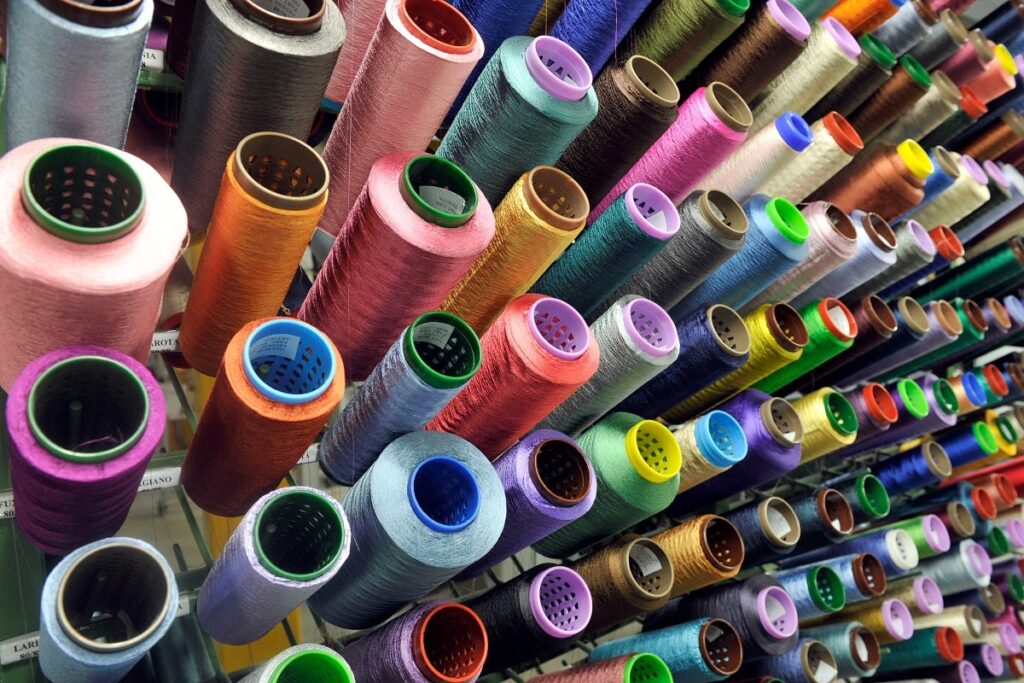In this article, we will explore the world of sustainable fabrics, their benefits, and the top choices for eco-conscious fashionistas. Whether you’re a fashion student, aspiring designer, or simply someone interested in making greener choices, this guide will provide you with valuable insights into the world of sustainable textiles.
Organic Cotton
One of the most widely recognized sustainable fabrics is organic cotton. Unlike conventional cotton, which is grown using harmful pesticides and chemicals, organic cotton is cultivated without the use of synthetic fertilizers or toxic substances. It is a natural, biodegradable material that is both soft and breathable. By opting for organic cotton, you can support a more sustainable and ethical fashion industry.
Hemp
Hemp is another versatile and eco-friendly fabric that has gained popularity in recent years. It is a highly sustainable crop that requires minimal water and no pesticides to grow. Hemp fibers are durable, breathable, and naturally resistant to pests and UV rays. This makes it an excellent choice for clothing, accessories, and even home textiles.
Recycled Polyester
Polyester is a commonly used synthetic fabric in the fashion industry, but its production has a significant environmental impact. However, recycled polyester, also known as rPET, offers a more sustainable alternative. It is made from post-consumer plastic bottles, reducing waste and energy consumption. Recycled polyester has the same properties as virgin polyester but with a lower carbon footprint.
Tencel (Lyocell)
Tencel, also known as Lyocell, is a type of cellulosic fiber made from sustainably sourced wood pulp. The production process of Tencel is less resource-intensive compared to conventional fabrics. It requires less water and energy, and the solvent used in the process is recycled. Tencel is known for its softness, breathability, and excellent moisture-wicking properties, making it a popular choice for activewear and everyday clothing.
Linen
Linen is a natural fiber derived from the flax plant. It is one of the oldest textiles in the world and has been used for centuries due to its durability and breathability. Linen production requires fewer resources compared to other fabrics, as the flax plant requires minimal water and can grow in poor soil conditions. Linen is a versatile fabric that can be used for a wide range of clothing, from casual to formal wear.
Piñatex
Piñatex is a sustainable alternative to leather made from pineapple leaf fibers. It is a byproduct of the pineapple industry, utilizing waste from pineapple harvests. Piñatex offers a cruelty-free and eco-friendly option for those looking for leather-like materials. It has a similar texture and durability to traditional leather, making it suitable for bags, shoes, and accessories.
Bamboo
Bamboo fabric is another popular choice for sustainable fashion. Bamboo is a fast-growing plant that requires minimal water, pesticides, and fertilizers to thrive. It is naturally antibacterial, moisture-wicking, and hypoallergenic, making it an excellent choice for activewear and undergarments. However, it is essential to choose bamboo fabrics that are processed without harmful chemicals to ensure their sustainability.
Modal
Modal is a semi-synthetic fabric made from beech tree pulp. The production process of modal is more sustainable compared to conventional rayon. It requires less water and energy, and the chemicals used in the process are recycled. Modal is known for its softness, breathability, and excellent drape, making it a popular choice for luxurious and comfortable clothing.
Soy Silk
Soy silk, also known as soybean fiber, is a natural textile made from the byproducts of soybean oil production. It is a renewable resource that requires fewer chemicals and less water to produce compared to conventional fabrics. Soy silk has a silky texture and is known for its moisture-wicking and thermal regulation properties. It is often blended with other fibers to enhance its performance.
Organic Wool
Wool is a natural and renewable fiber that has been used for centuries. Organic wool is produced without the use of synthetic pesticides or chemicals, ensuring a more sustainable and animal-friendly process. It is a durable and insulating material that is suitable for a wide range of clothing, from winter coats to cozy sweaters.
Key Takeaways
- Sustainable fabrics are gaining popularity in the fashion industry due to increased consumer demand for eco-friendly materials.
- Organic cotton, hemp, recycled polyester, Tencel, linen, Piñatex, bamboo, modal, soy silk, and organic wool are simply some of the top sustainable fabric choices.
- These fabrics offer various benefits such as biodegradability, reduced water and energy consumption, and cruelty-free alternatives to leather.
- By choosing sustainable fabrics, individuals can support a more ethical and sustainable fashion industry while still expressing their style.
If you’re interested in pursuing a career in the fashion industry and want to learn more about sustainable fashion, consider taking the Parsons Fashion Industry Essentials online course and certificate program offered by Yellowbrick. This comprehensive program will provide you with valuable insights into the fashion industry, including sustainable practices, and equip you with the knowledge and skills needed to thrive in this evolving field. Embrace the future of fashion by making sustainable choices and joining the movement towards a greener and more responsible industry.




